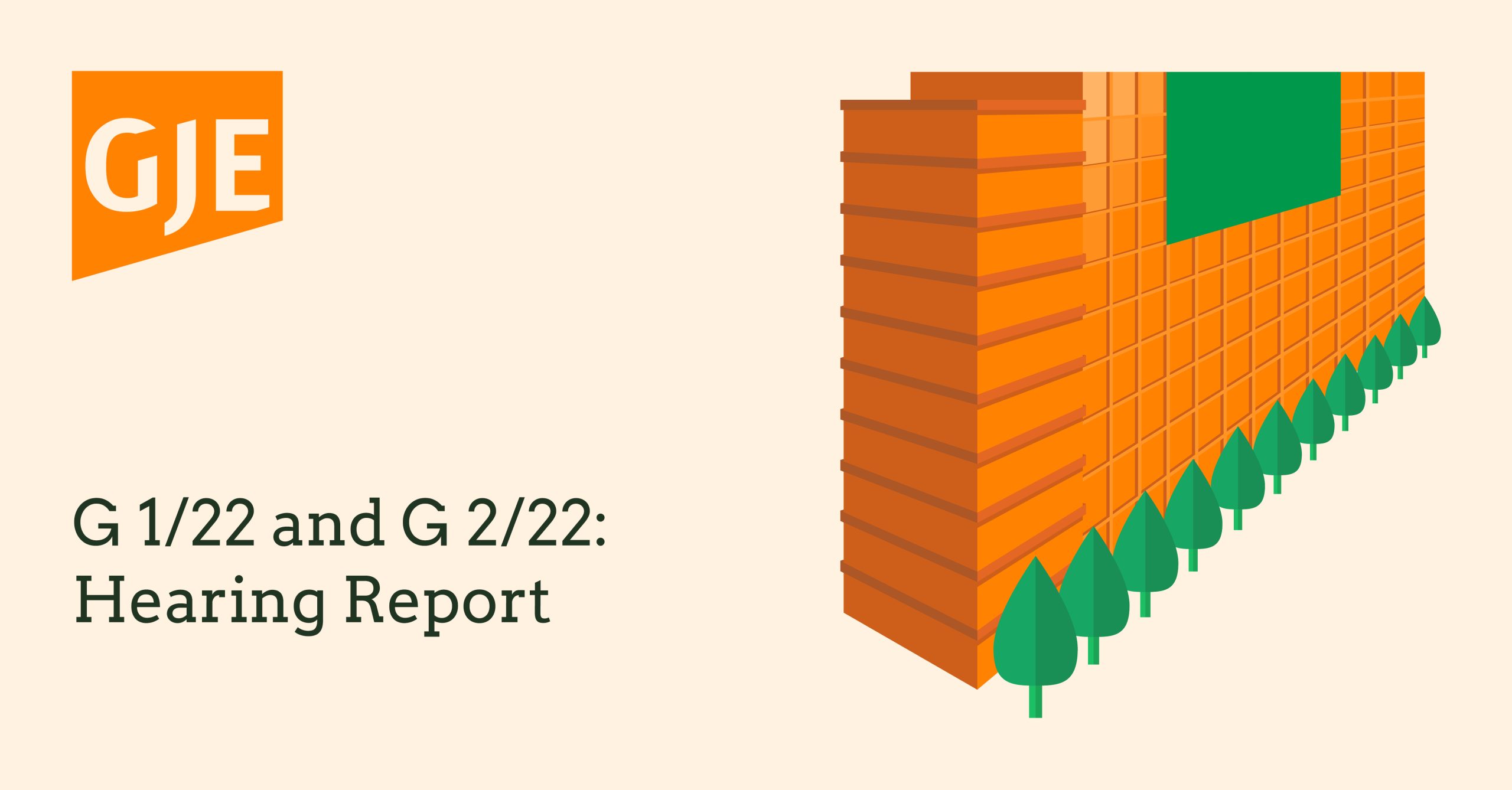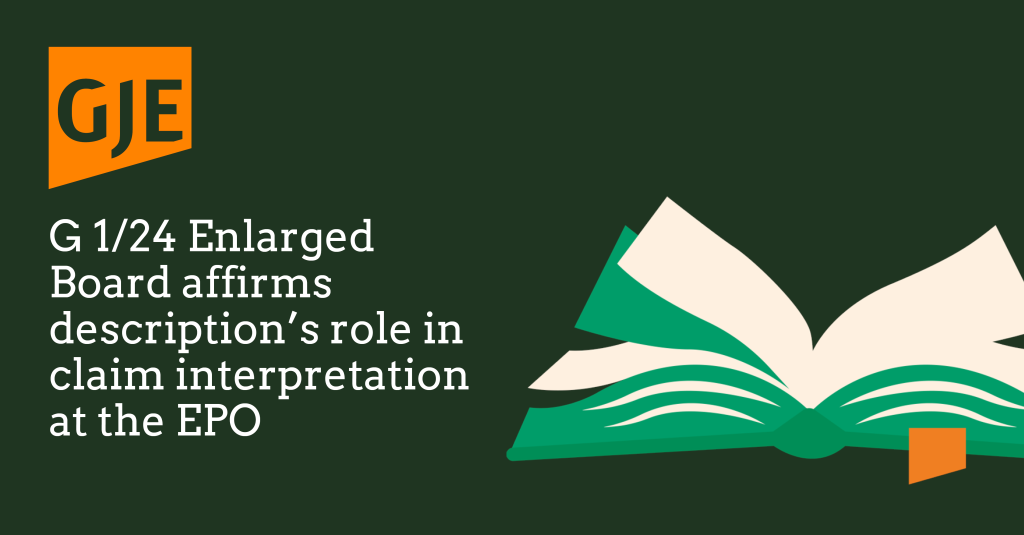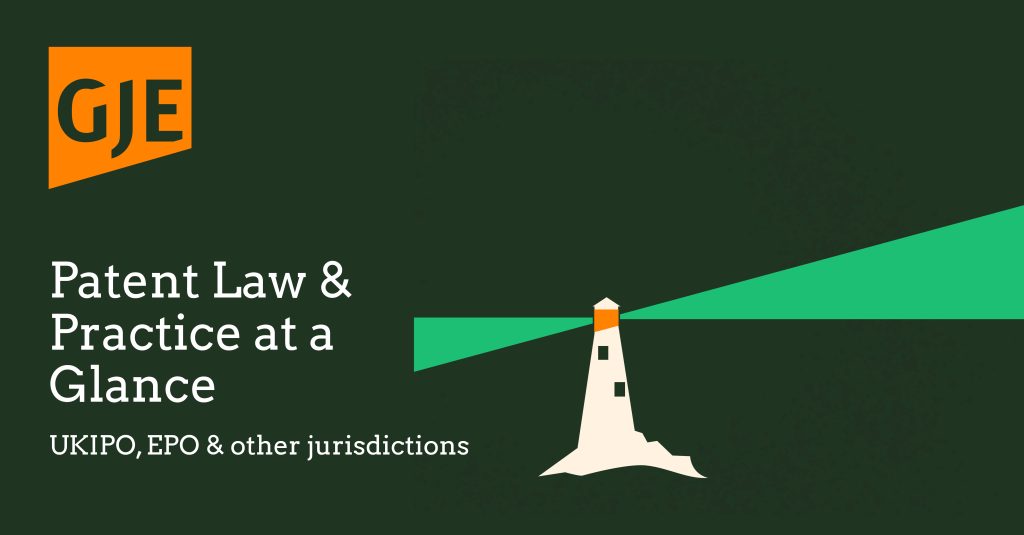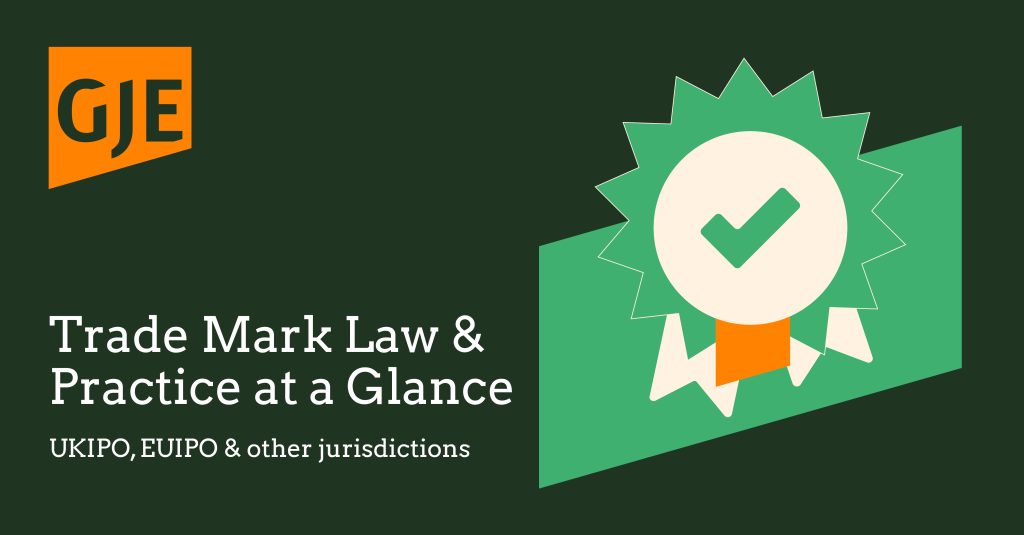
We observed the eagerly anticipated G 1/22 and G 2/22 Enlarged Board of Appeal hearing held at the European Patent Office (EPO) on 26 May 2023. The Enlarged Board have been asked to decide on two important questions as to whether the EPO is competent to assess entitlement to priority and essentially whether the “joint applicants approach” applies to a PCT application where different applicants are listed for different designated states.
The Referred Questions
I. Does the EPC confer jurisdiction on the EPO to determine whether a party validly claims to be a successor in title as referred to in Article 87(1)(b) EPC?
II. If question I is answered in the affirmative:
Can a party B validly rely on the priority right claimed in a PCT-application for the purpose of claiming priority rights under Article 87(1) EPC in the case where
1. a PCT-application designates party A as applicant for the US only and party B as applicant for other designated State including regional European patent protection and
2. the PCT-application claims priority from an earlier patent application that designates party A as the applicant and
3. the priority claimed in the PCT-application is in compliance with Article 4 of the Paris Convention?
What’s new?
As reported by my colleague Philippa Makepeace here, the preliminary opinion of the Enlarged Board indicated they were inclined to answer the second question in the affirmative. However the Enlarged Board were more undecided in their preliminary opinion on the first question as to the extent to which the EPO is competent to assess entitlement to priority in the first place. It was therefore not surprising that the discussion at the hearing was dominated by the question of the EPO’s jurisdiction.
While many nuanced legal arguments were presented by the parties, much of the discussion focused on more practical considerations and principles, such as the purpose of the priority system in facilitating national patent protection, the separation of powers between the EPO and contracting states, and the impact the decision of the Enlarged Board may have on the ability of the EPO to examine patent applications efficiently and effectively.
Recent case law of the EPO seems to support the EPO’s competence to assess entitlement to priority, where current practice has typically been to apply national law to determine whether the right to priority has been validly transferred. However, the legal basis in the EPC for this approach was questioned at the hearing and it was noted that difficulties have arisen in the case law in terms of identifying and applying the relevant national law.
On the other hand, concerns were raised that if the EPO was not competent to assess entitlement to priority, it would make it difficult for the EPO to effectively assess patentability and the relevant prior art may therefore differ in procedures before the EPO and later national procedures. This seems contrary to the EPO’s aim of providing a uniform and harmonious approach across contracting states.
We do not know for certain how the Enlarged Board will answer the questions referred to them at this stage. However, it would be a significant departure from current practice if the Enlarged Board were to decide that the EPO is not competent to assess entitlement to priority. If the Enlarged Board decide the EPO is competent, they may provide some useful guidance on when entitlement to priority should be assessed at the EPO and the law that should be applied.
Provided the Enlarged Board answer the first question in the affirmative, we expect that they will also answer the second question in the affirmative, given their comments in the preliminary opinion and at the hearing. The Enlarged Board expressed reservations about the so called “PCT joint applicants approach” but they also commented that they tend to see the joint filing of a PCT application as evidence of an informal or implied agreement to share or transfer the priority right. This would be welcome news for many applicants who may be in a similar situation, as it was not uncommon in the past for US provisional applications to be filed in the name of the inventors, and for the inventors to only be listed as applicants for the US in the PCT application.
What’s next?
We eagerly await the decision of the Enlarged Board in this case and we will be reporting further in due course. Be sure to connect with us on LinkedIn here for further news and updates. If you have any questions regarding the relevance of G 1/22 and G 2/22 to your European patent applications, please get in touch with us at gje@gje.com.




